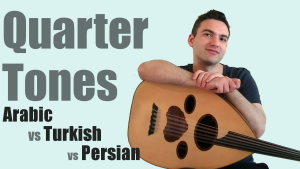
If you don’t know anything about me, the first thing you should know is that I only started listening to Arabic and Turkish music about 8 or 9 years ago. I’m Persian, I grew up listening to traditional Persian music, and the bulk of my musical education is in Persian music.
So when I started to listen to Arabic and Turkish music I noticed that the quartertones (or half-flat notes as some like to call them) are played differently.
I have a little rule that I follow to help play different genres of Middle Eastern music, because between Persian, Arabic, and Turkish quartertones, they are all different.
Watch the video to find out what it is:
The Answer to the question in the video
The question in the video is… which clip of the same some is using flatter quartertones, and which one is using sharper quartertones?
Here’s a hint to help you along. The maqam in the clips is Maqam Rast. Rast uses two quartertones, C D Eqb F G A Bqb C. I have changed the pitch of the original versions to match each other. So if you check a tuner, you’ll find they are playing Maqam Rast in D.
You’ll find the answer on the Subscriber’s Only Page, so sign up for our newsletter below to get the password to the page.

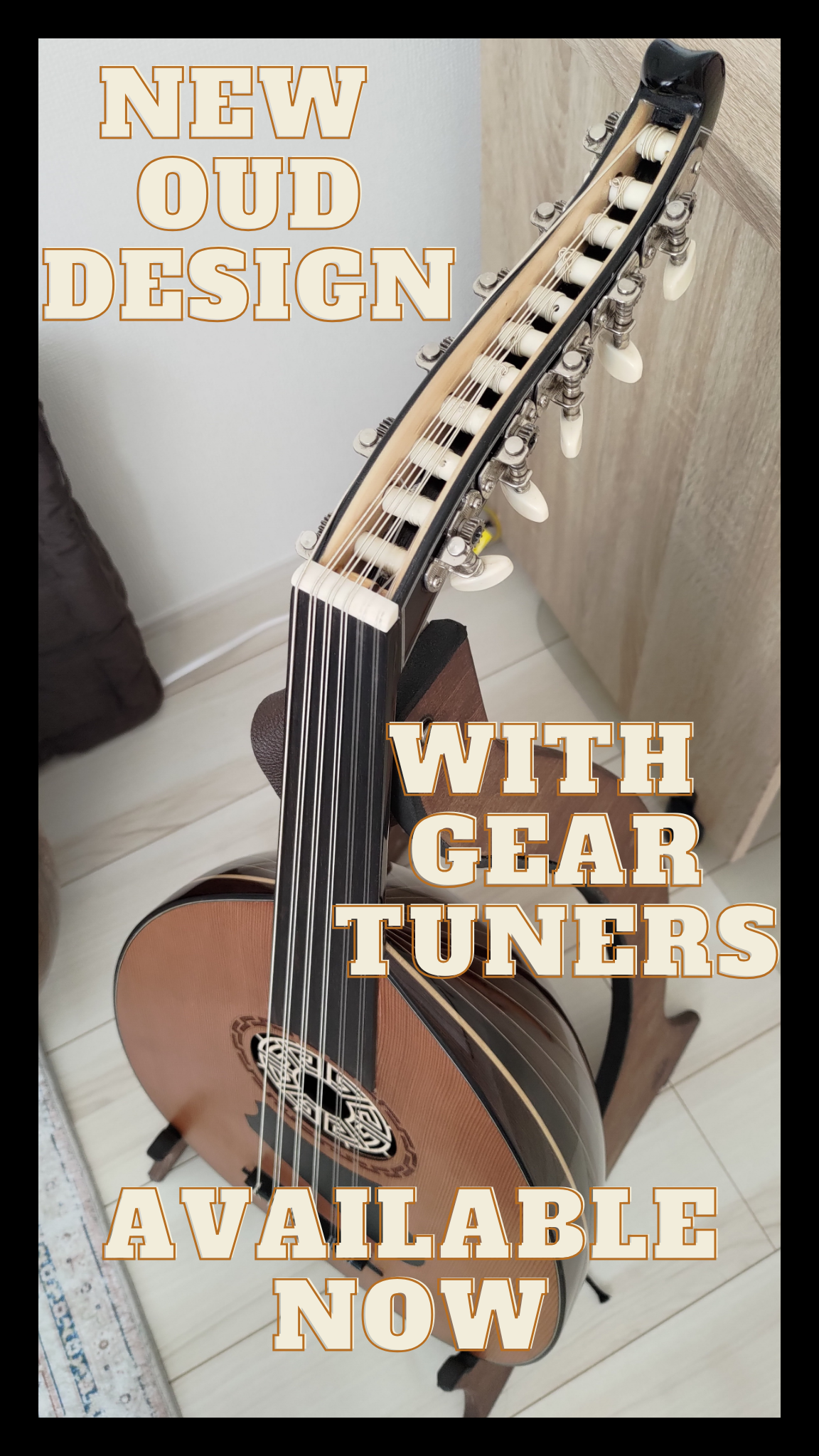
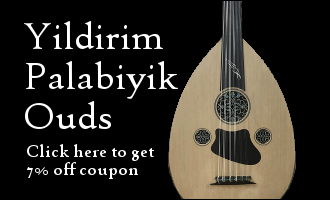
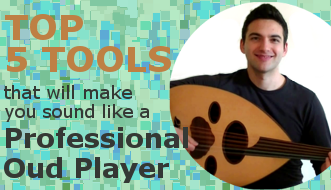
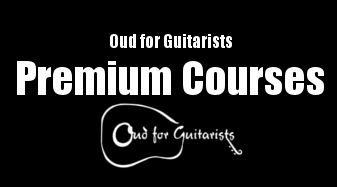

Very helpful!
I like your way you are the best thanks